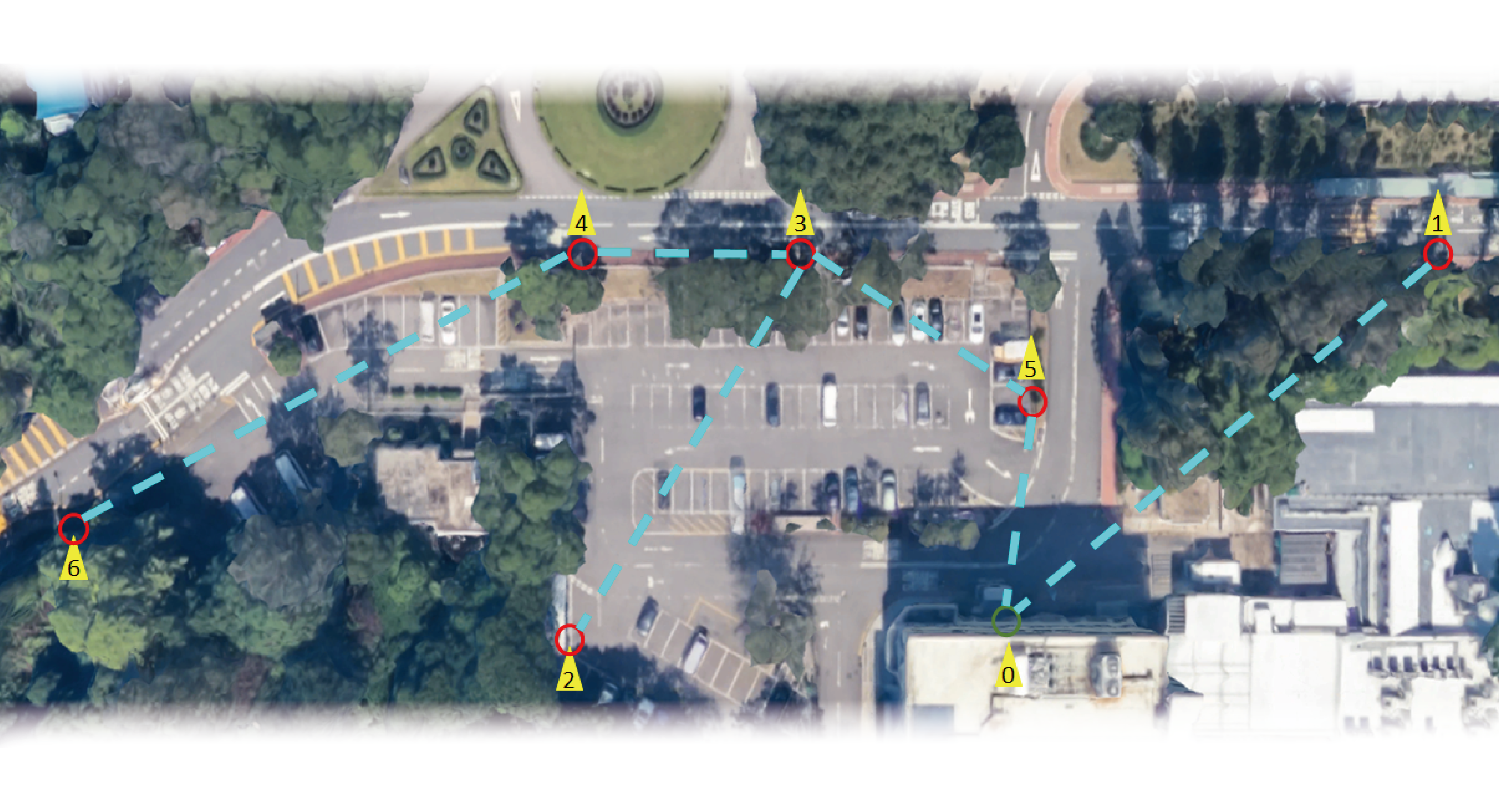Smart lampposts are widely regarded as the key infrastructure of smart cities, which can realize a range of applications including intelligent transportation, assisted/autonomous driving, real-time monitoring and public safety response, and city-scale public Wi-Fi services. Our goal is to develop the most advanced smart lamppost wireless communication technology based on the batch sparse coding (BATS code) proposed by the Chinese University of Hong Kong, which can achieve high throughput even after dozens of hops of lossy wireless links. Thus our approach avoids the installation and deployment of expensive optical fiber links. The research content of this project includes 1) Real-time fog computing system based on edge nodes of smart lampposts. 2) Multi-hop dynamic routing wireless communication protocol. 3) Vehicle-road collaboration and data fusion in autonomous driving scenarios.
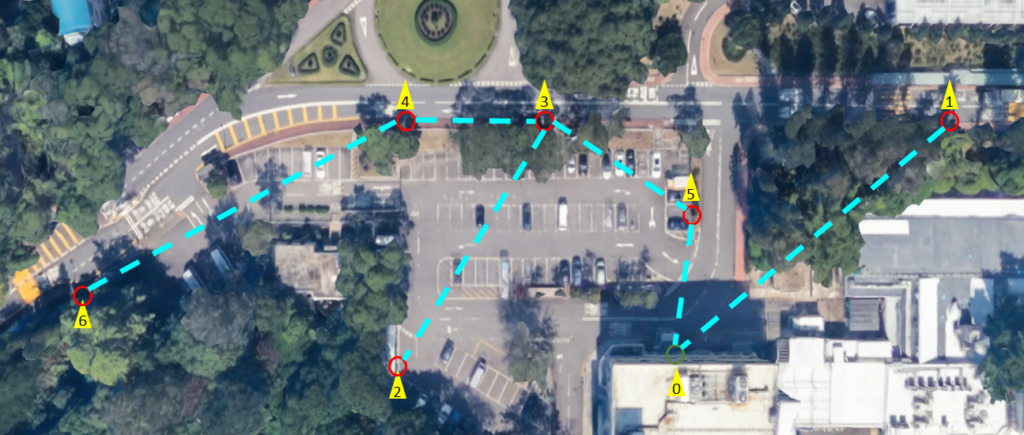
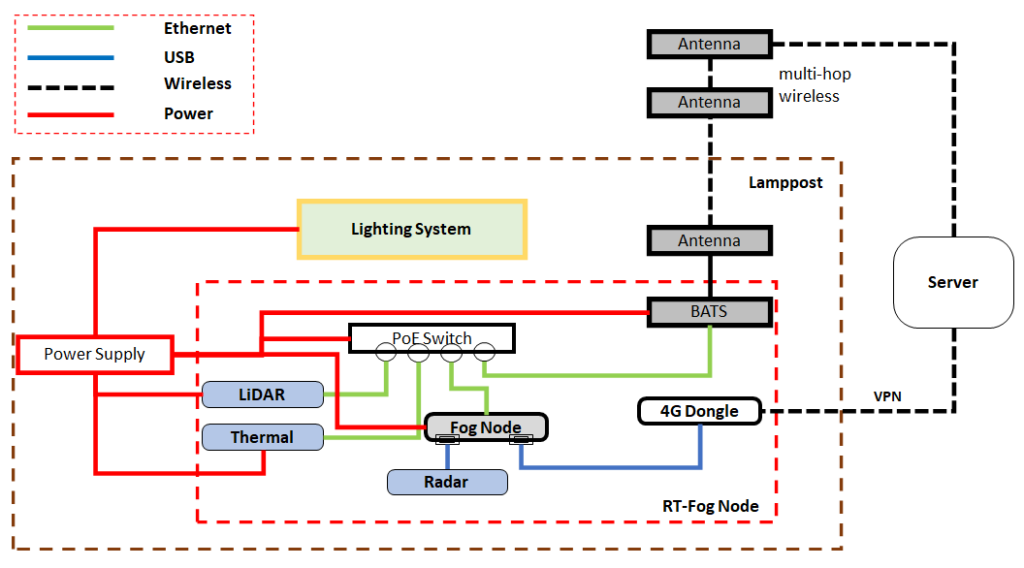
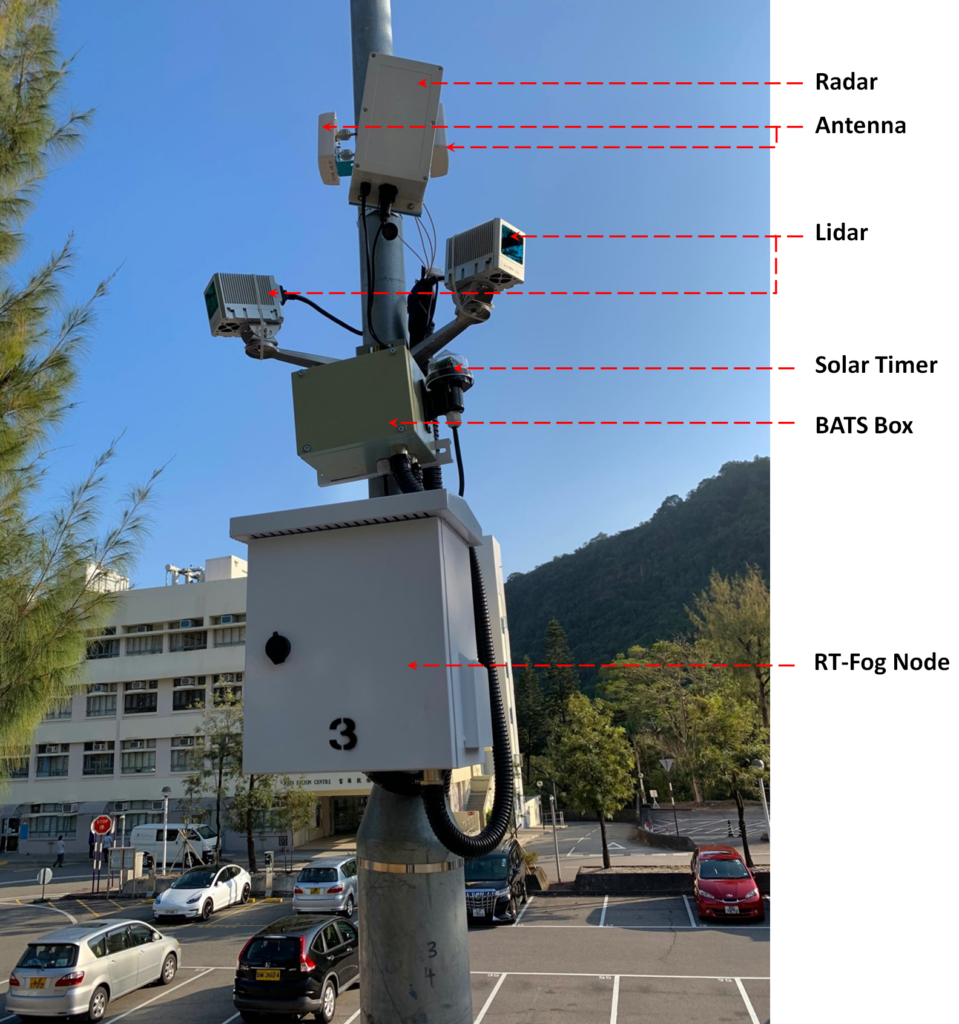
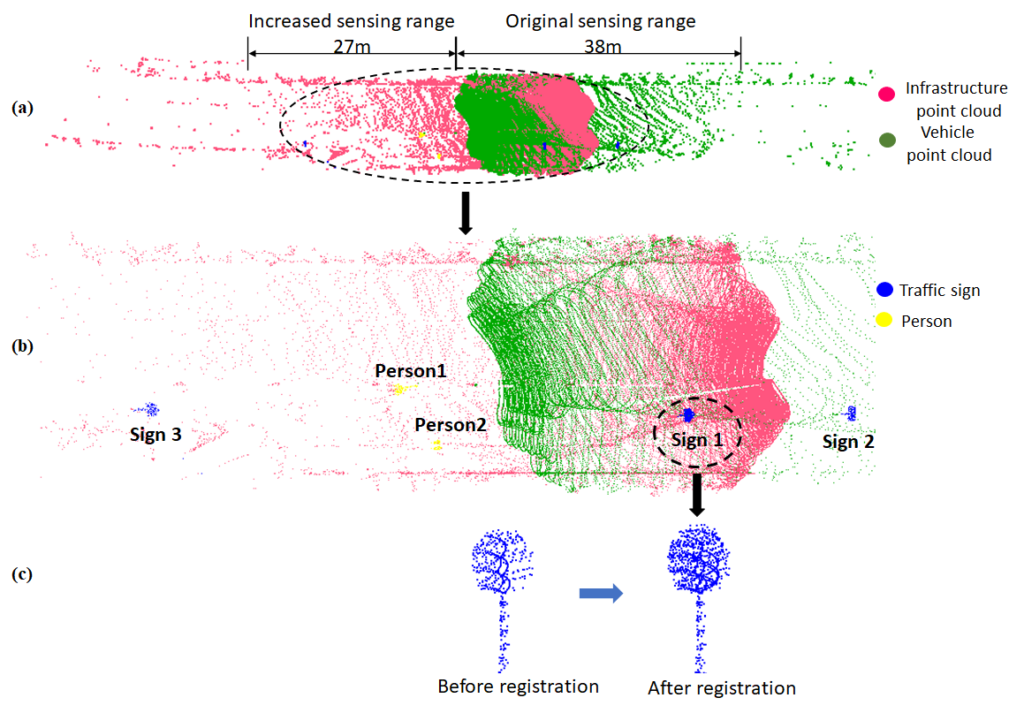
Uniqueness and Competitive Advantages:
- The smart sensors deployed on the lamppost nodes support a variety of AI applications
- The lamppost testbed developed in the project provides interfaces to deploy a variety of AI applications
- The designed multi-hop communication protocol supports high-bandwidth wireless communication
- supports the reconstruction of network links under extreme conditions such as interference and noise, and provides stable communication quality
- Wi-Fi applications are deployed on lamppost nodes to provide users with a wide range of wireless communication support
